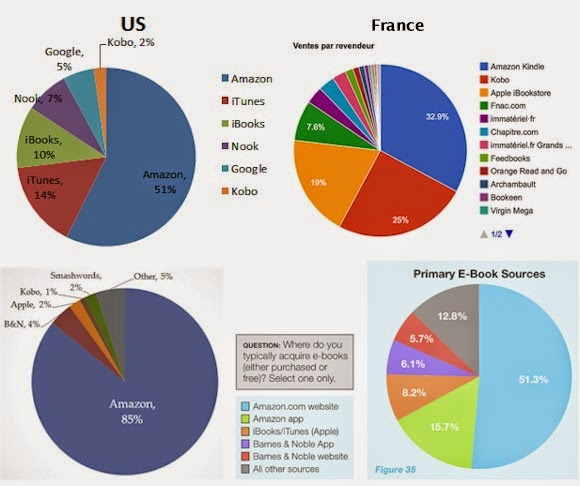

Hovering over “Click Here” shows the URL’s destination.

You will never be asked to go through Identity verification in an e-mail. Sites do not randomly select who gets maintenance. Sites manage maintenance seamlessly at worst you will see a site is down when you try to go there. You won’t be notified of maintenance work."Dear valued member" is a dead giveaway that this is not a company you do business with. Why would an international division send you email? The second giveaway is the. (short for international) before the PayPal is a dead giveaway. These scammers tried to make the address look like it belongs to PayPal, but the inclusion of intl. By hovering your mouse over the sender’s address (in this case they claim to be PayPal Security Center) you can see the real address in the lower left corner of the email. No legitimate company is ever going to send you a Security Center Advisory in e-mail That alone is enough to tell you it’s fake. In this example you receive a security advisory. Find the company link on your own using a search engine, or, if you know the company address, type it in yourself. The simplest way to avoid these fakes is to never click on a link sent in an unsolicited e-mail. Many scams imitate legitimate companies in an effort to fool consumers. Though there are a thousand flavors of e-mail scams, the methods of detection are fairly straightforward. Here are five common types of scams and the clues you can use to spot them.Īfter reviewing these, you will have learned the skills you need to identify most e-mail scams on your own.


 0 kommentar(er)
0 kommentar(er)
